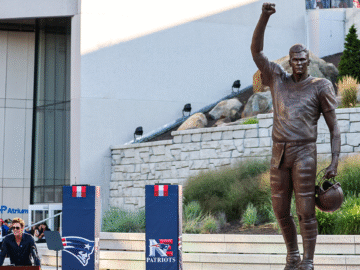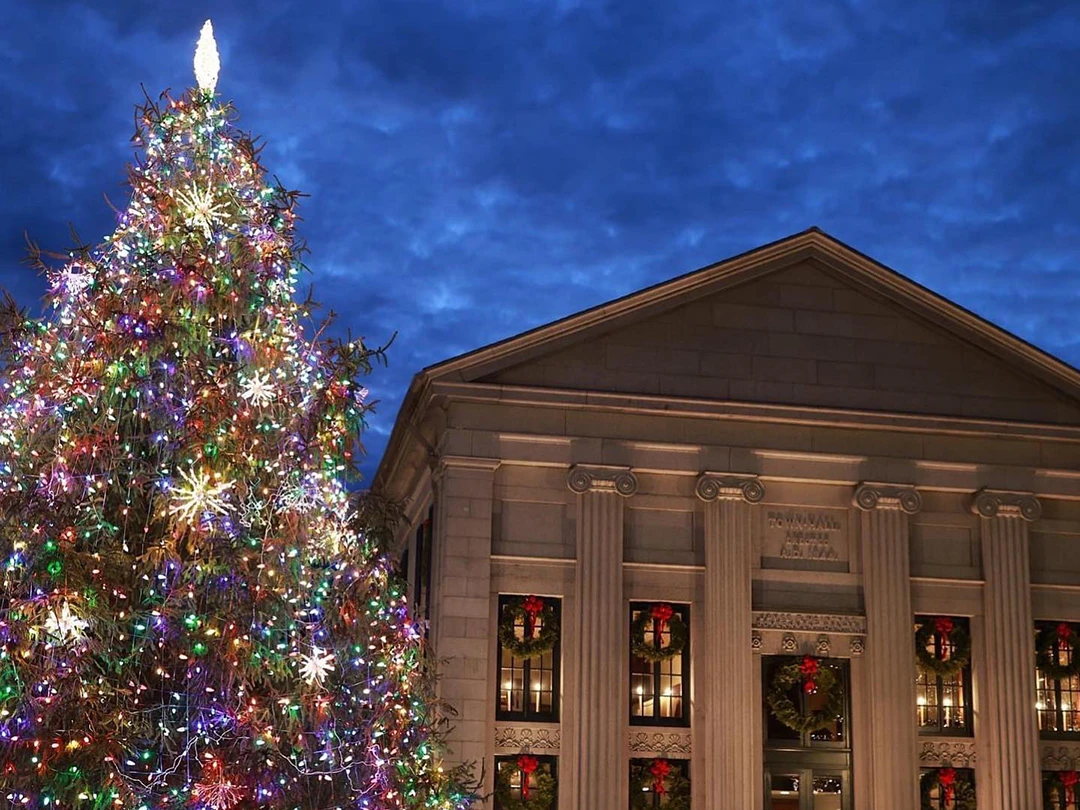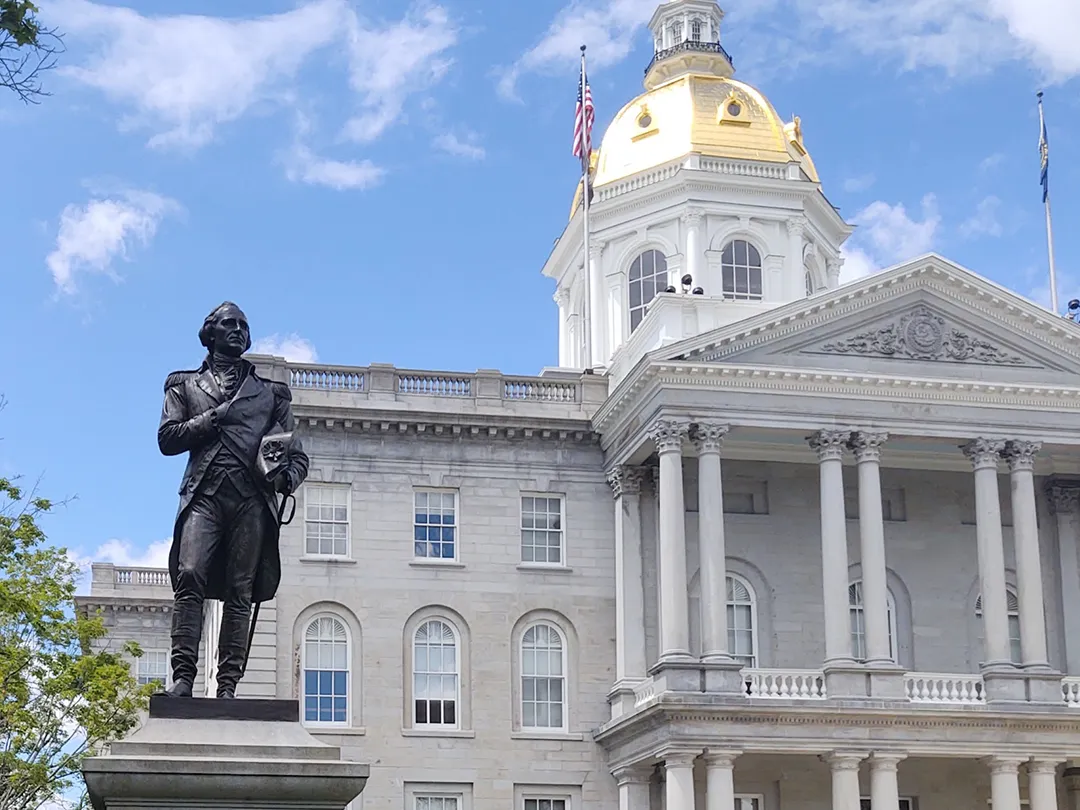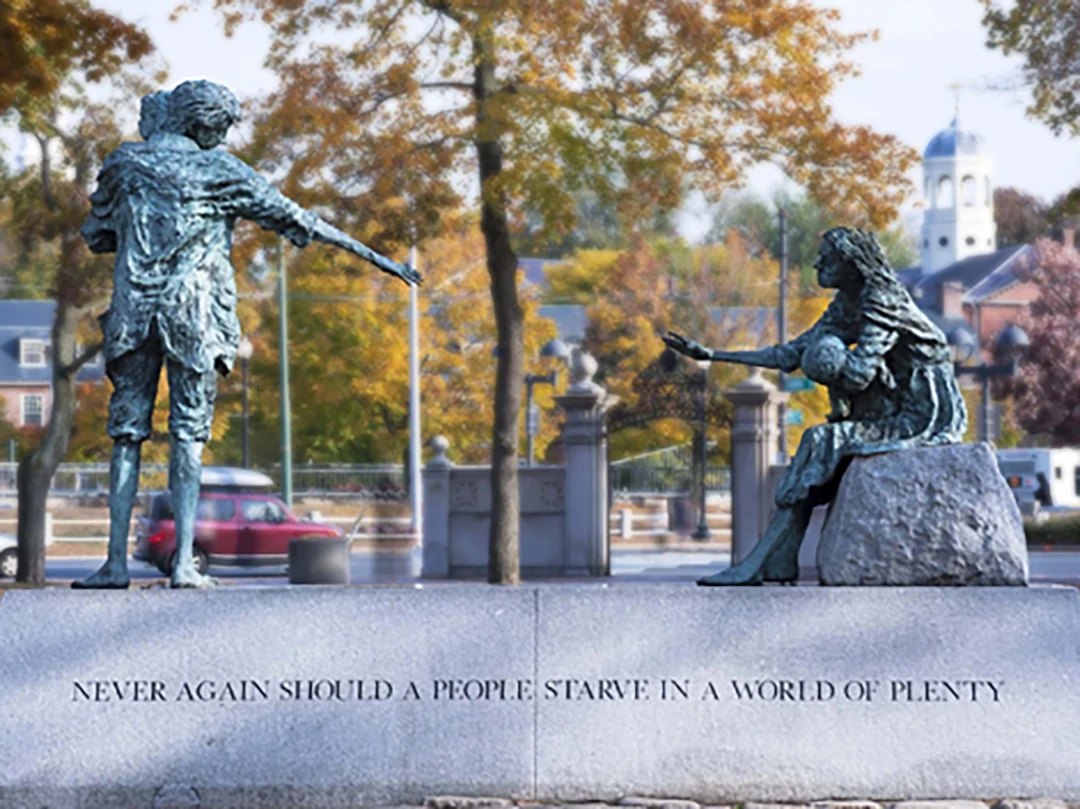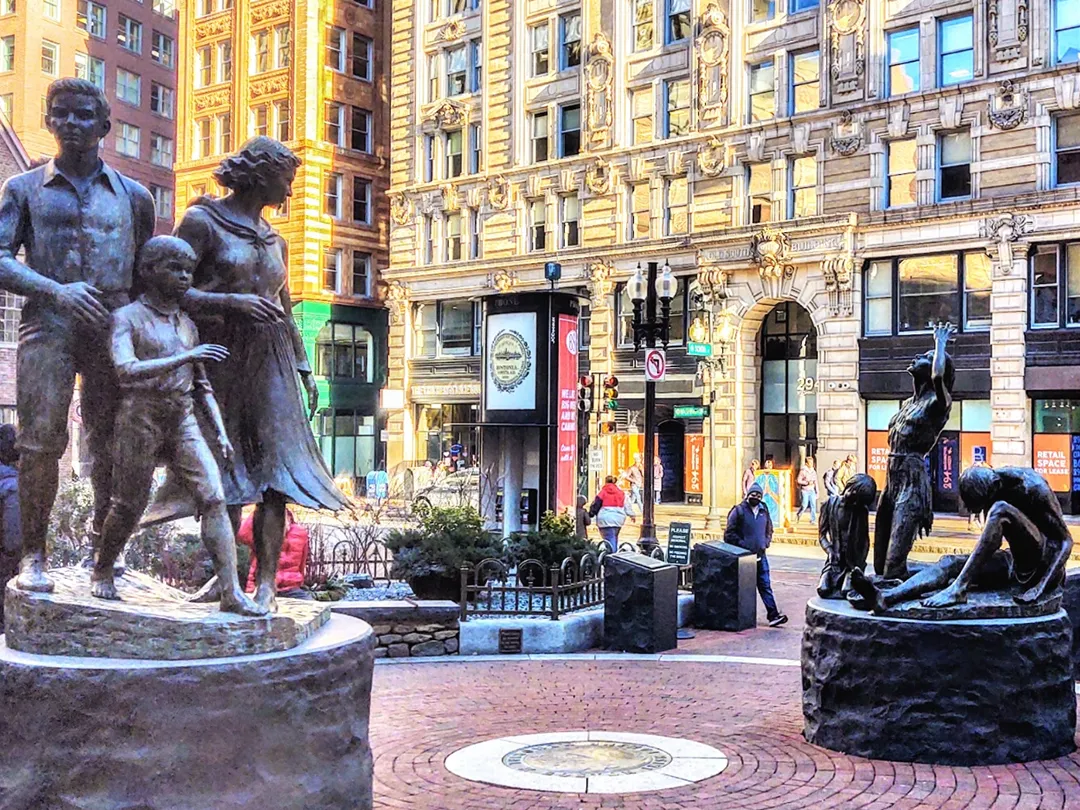A New Mural in Quincy Celebrates the Granite City

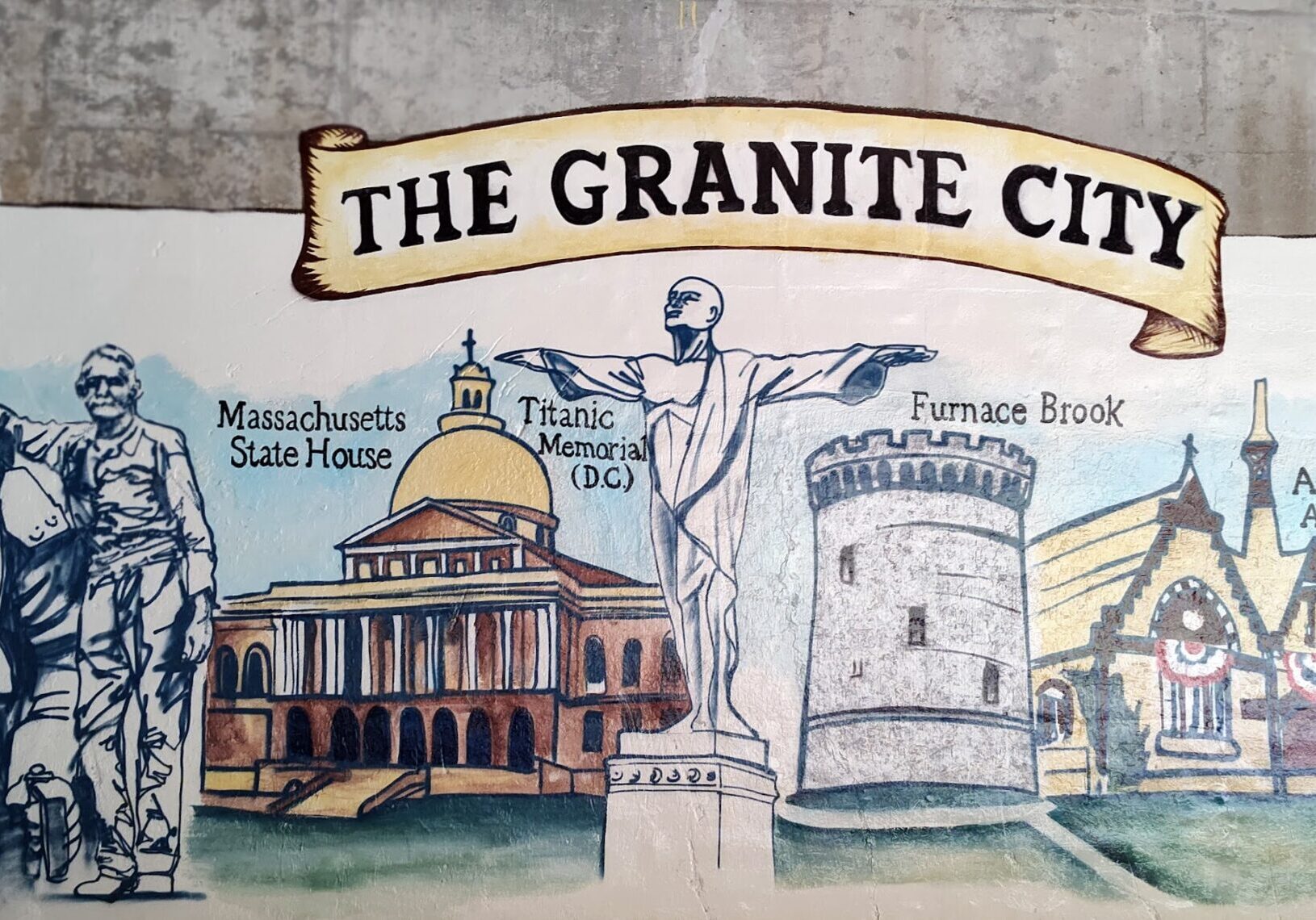
As part of Quincy 400 celebrations taking place throughout 2026, a new mural paying homage to the city’s industrial past was created by artist Shane Leonard at the Willard Street underpass in West Quincy. The mural honors distinctive Quincy’s role as The Granite City in 19th century America.
The mural honors distinctive Quincy’s role as The Granite City in 19th century America by depicting Quincy granite masterpieces such as Bunker Hill Monument, Quincy Market and Minot Lighthouse in Boston Harbor.
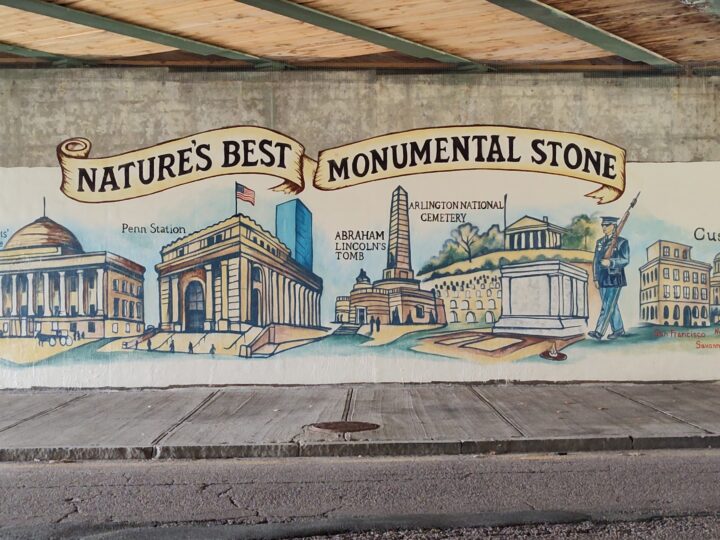
Nationally, Quincy granite was used to build the Brooklyn Bridge, the base of the Statue of Liberty. Abraham Lincoln’s tomb and the splendid Titanic Memorial in Washington DC.
The mural project underscores what visitors and residents have always known, Quincy is solid as a rock!

How Quincy Became the Granite City
Quincy got its start as a granite capital in 1825 when the Bunker Hill Monument was being built. Boston architect Solomon Willard selected the Quincy granite for its hard, durable quality.
“He found this quarry had particularly dense and gray-colored granite,” writes the National Park Service, adding that Willard “specialized in incorporating large granite blocks in building construction. He pioneered the use of huge one-piece granite columns for buildings in the Greek-Revival style….and invented the tools to move these large pieces of granite. Being a tall, burly, and careful person made Willard well suited to the demands of stone quarrying and he was known locally as the “Father of the Granite Industry.”
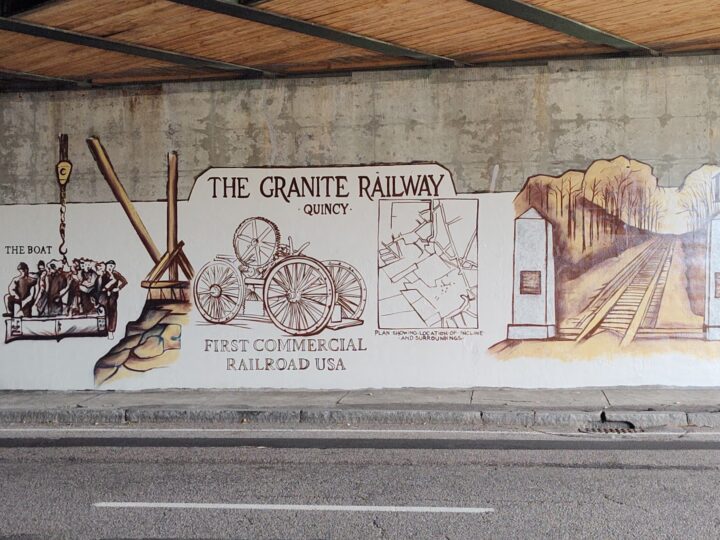
Willard and construction engineer Gridley Bryant devised a method of extracting the granite and creating large-scale blocks that could readily be put to commercial use. They worked with investor Thomas Handasyd Perkins to establish the Granite Railway in 1826, setting up a system to extract the granite from the quarries, ship it by rail on oxen-drawn cars over to the Neponset River in nearby Milton, and then by boat across Boston Harbor to Charlestown, where the Bunker Hill Monument was being built. The Granite Railway thereby became the first commercial railroad in the U.S.
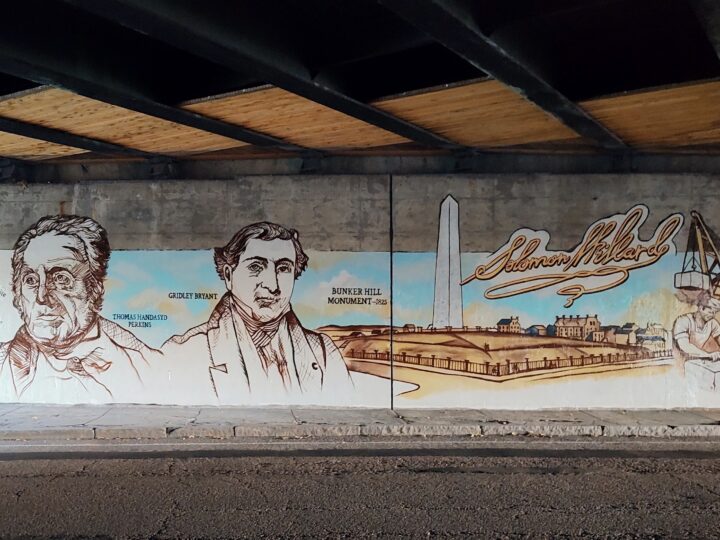
The building of the Bunker Hill Monument marked the beginning of large-scale granite quarrying, and Quincy became known as “The Granite City,” with more than 50 quarries operating in the ensuing 170 years. The granite industry went into decline in the mid-20th century, replaced by cheaper material including cement. The last quarry in Quincy closed in 1963.
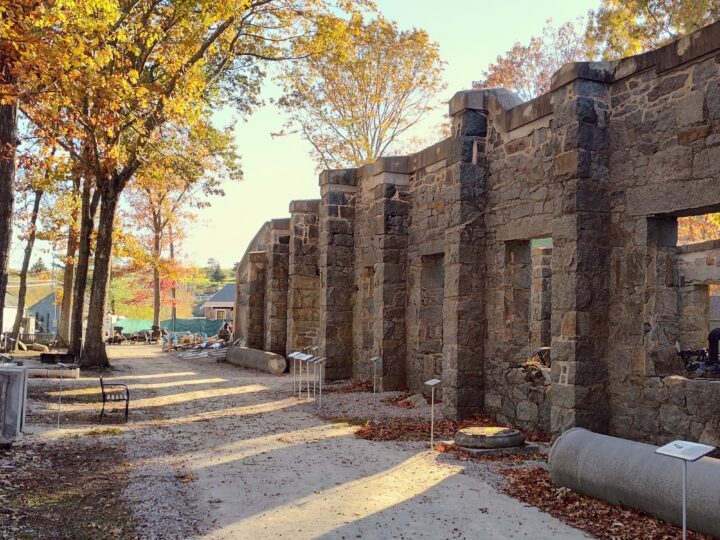
Learn more about Quincy’s history as a granite capital by visiting the Quincy Quarry + Granite Workers Virtual Museum.
To learn more about visiting the City of Quincy, go to DiscoverQuincy
Research, Text, Michael Quinlin / Photos, Colette Quinlin
Enjoy articles like this?
Join our mailing list and have the latest sent to your inbox.



